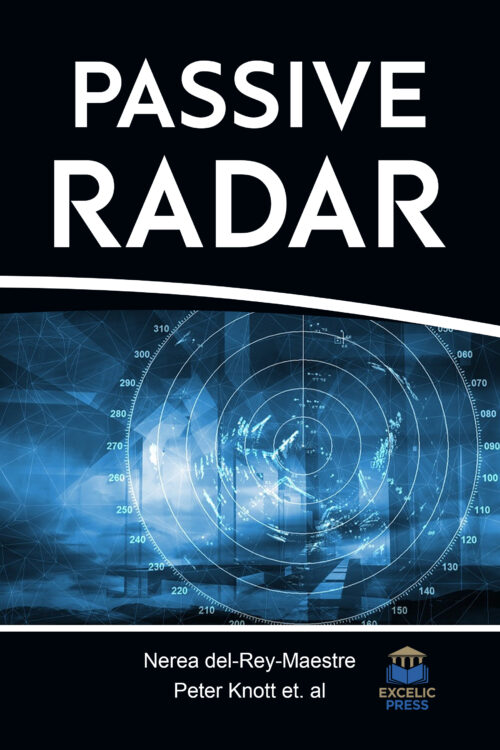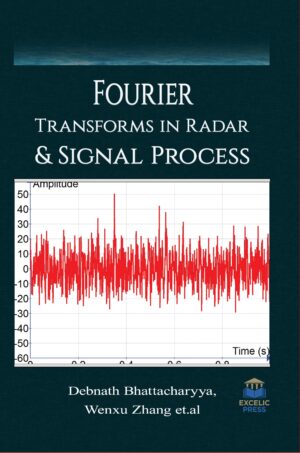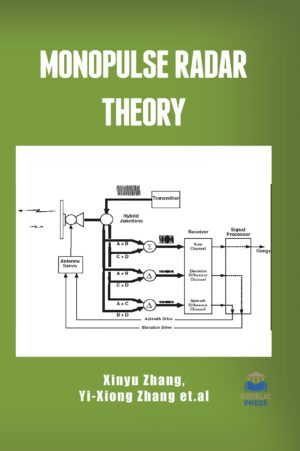Description
Interest on passive radar has recently grown because of the increasing availability of electromagnetic emitters, the limited costs and the wide range of concerned applications. Passive Radar systems, also termed as Passive Coherent Location systems (PCL), exploit reflections from illuminators of opportunity in order to detect and track objects. A PCL receiver generally presents two receiving channels denoted as reference and target channels. It is evident that the performance of such systems is strictly related to the main characteristics of the illuminator of opportunity. Passive radars based on analogue signals show detection performance strongly dependent on the signal content. In other words, the spectral properties of the signals, as well as the transmitted powers are heavily related to the type of the transmitted information.
Passive radar systems are specific variants of bistatic radar that exploit existing transmitters as “illuminators of opportunity”. The main advantages of bistatic radar are that the receiver is far less vulnerable to electronic counter measures (ECM) and that biostatic operation has counter stealth properties. Moreover, passive radar systems have much lower cost, as they do not need a dedicated transmitter. Inspite of all these advantages, which make passive radar attractive for a broad range of applications, they must cope with the use of nonoptimized waveforms and with a strong direct signal from the transmitter of opportunity that typically operates in continuous wave (CW) mode. Passive radar, a different type of radar technology, is set to be the next big thing in military radar applications. It operates almost in reverse to existing radar—while radar puts out electromagnetic signals to function, passive radar takes in existing electromagnetic signals from the atmosphere to support imaging and tracking capabilities. Passive radar is less expensive to operate and is more covert than traditional radar.
This book ‘Passive Radar’ brings together up-to-date information of the current research directions and applications of passive radar. It covers the basic principles of passive radar technology and delves into the recent developments in this field and existing real passive radar systems. This book explains how passive radar works, how it differs from the active type, and demonstrates the benefits and drawbacks of this novel technology.





